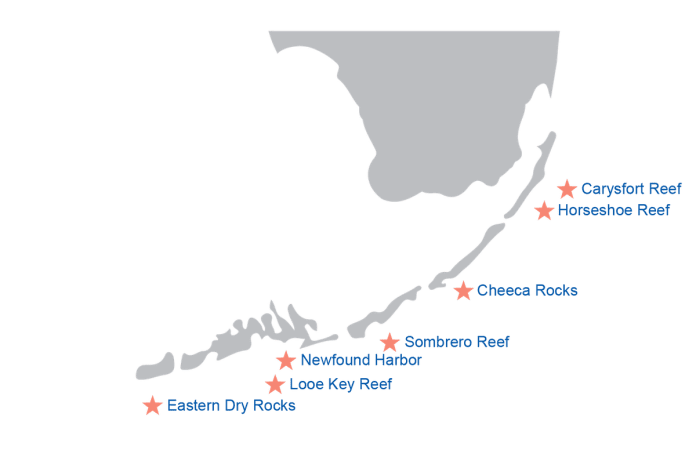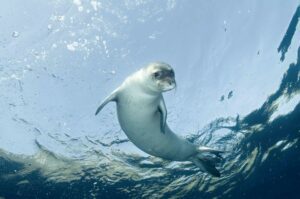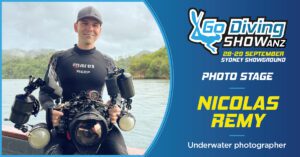The National Oceanic and Atmospheric Administration (NOAA) has declared one of the largest investments in coral restoration in the world – Mission Iconic Reefs – as it aims to restore seven reefs within the Florida Keys National Marine Sanctuary.
Central to the ambitious effort is a focus on how much stony coral remains on the reef surface. While Florida in the past has had anywhere from 25 percent to 40 percent coral coverage, more recently this has suffered a massive decline to just one or two percent. The reasons for this are many – there has been agricultural pollution and sewage leaks, as well as overfishing, not to mention areas that have just been over-used by visitors. Add to that the damage wreaked by hurricanes, as well as stony coral tissue loss disease, and it all adds up.
It would be easy to think that such a cataclysmic decline signals the end of these beloved reefs, but NOAA is refusing to back down from a challenge, and has launched Mission Iconic Reefs, which is targeting seven well-known reefs throughout the Keys – Carysfort Reef, Horseshoe Reef, Cheeca Rocks, Sombrero Reef, Newfound Harbour, Looe Key Reef, and Eastern Dry Rocks – with the aim of bringing them back from the brink. A target of 25 percent coral cover has been declared.
The ambitious plan has been split into phases. Phase one aims to get coral cover back to 15 percent within ten years. It is expected to take five to seven years at least, and will cost $97 million. Phase two will last a further ten to 12 years, but has not been costed yet.









I was a resident of Islamorada for 13 years and have been diving the reefs in all the Keys from 1964 to present. In the early days you could not dive the reefs without getting spiked by sea urchins. Today if you see one it’s considered an unusual sighting. Seems they eat the algae that are one factor killing the corals. In 1965 I traveled to Nassau to see the Bahama reef, returned to the Keys and found that Sombrero Reef was even more spectacular.
I was a resident of Islamorada for 13 years and have been diving the reefs in all the Keys from 1964 to present. In the early days you could not dive the reefs without getting spiked by sea urchins. Today if you see one it’s considered an unusual sighting. Seems they eat the algae that are one factor killing the corals. In 1965 I traveled to Nassau to see the Bahama reef, returned to the Keys and found that Sombrero Reef was even more spectacular.